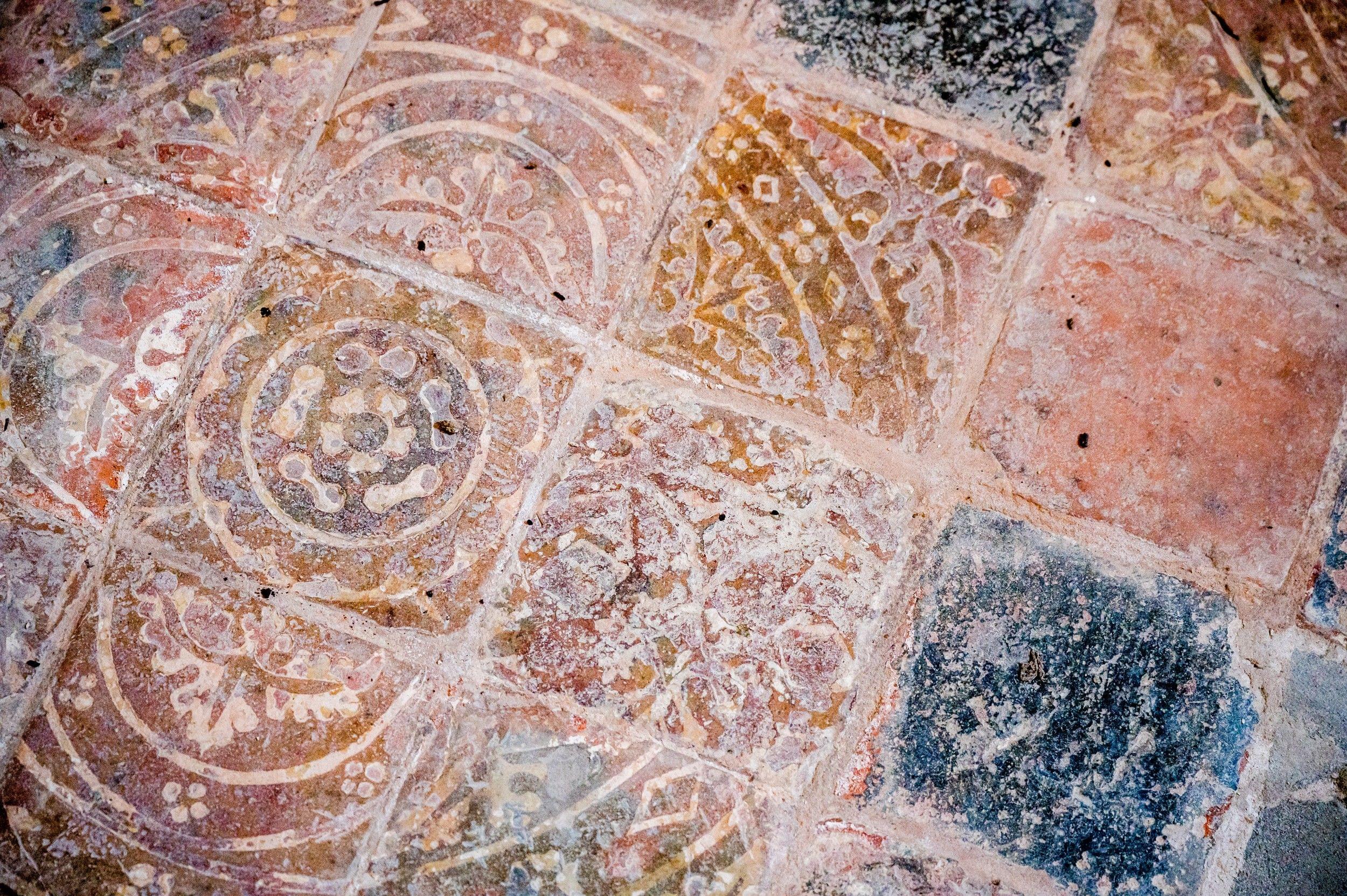St Peter
Highfields, Leicestershire
St Peter’s is a large, Grade II Victorian church built between 1872 and 1879 to the design of George Edmund Street.

Built in 1885 to the Glory of God.
Leicester, Leicestershire
'A most imaginative and enterprising design, particularly on the inside' is how architectural historian, GK Brandwood, described St John’s in his guide to The Anglican Churches of Leicester.
The architect was Joseph Goddard, senior partner of the well known Leicester firm of Goddard and Paget. Goddard was responsible for the church of St James the Greater, the Clock Tower, and several other Leicester buildings including many fine houses in this area.
Miss Sarah Barlow commissioned Goddard after offering to donate a church in memory of her brother. St John’s was built in 1884/85 at a cost of £8,500. The land price was £1,000, paid for by public subscription.
Geoff Brandwood gives the following of the church's many architectural qualities:
'This impressive building is one of the best Victorian churches in the Midlands. In Leicester, its fine interior is only rivalled by that at the slightly earlier and now redundant St Mark, Belgrave Gate.
On the outside the materials are red Woodville brick with limestone dressings. The dominant elements of the exterior are a continuous ridge over the nave and chancel with lead-covered timber fleche marking the junction of the two, the tall, sheer face of the clerestory and the organ chamber punctuating the north wall.
It is significant that the high walls of the clerestory have no buttresses to break them up and this really is the key to the building.
The buttresses are in fact inside and they determine the whole structure and character of the interior as we shall see. The west end has a baptistry in the centre and flaking projections for staircases up to the internal galleries, in the gable is a small rose window with 'pastry cutter' tracery.
The character of the distinct and impressive interior is largely determined by the internal buttressing, the thickness of which allows a gallery passage and, bellow this a passage aisle. There is also an outer passage aisle lit by tiny lancet windows and separated form the inner passage by circular columns. The effect within the aisles is splendid, albeit rather functionless.
The galleries in the chancel are but part of a continuous passage which can be followed right the way round the church. At the west end there is a large gallery above the baptistry, which is a most impressive space. Like the side passages, the baptistry has two aisles but the character is quite different thanks to the powerful, stocky piers in the centre and rich foliage ornament in the capitals.
The circular, alabaster font was a gift from Joseph Goddard and his wife. Alabaster appears in the sedilia, credence table and piscina while the floor of the chancel is glass mosaic by Rust & Co of London.
Many of the features of St John’s are familiar in late Victorian church architecture such as the chancel and nave treated as more or less a single vessel, the narrow aisles, the west baptistry, and the subtle colour, but rarely are they handled in such a masterly fashion. It is a much loved building, cherished by those who know it and worship there, and one that does great credit to those who erected it over a century ago.'
Fixtures and fittings which were later added include the reredos, which was given in 1919 by hosiery manufacturer, Mr Ben Russell, in memory of his son, Guy, who was killed in the 1914-18 war.
The oak panelling either side of the reredos was signed in 1927, as was the high altar, by the London architect, F L Pearson. Figures on the altar represent, from left to right, St Aidan, King Oswald, King Alfred and St Augustine of Canterbury.
Both the pulpit and lectern were designed, also in 1927, by the architects Newberry ad Fowler of London while the oak entrance porch was erected in 1935 for the Golden Jubilee.
We who worship here continue to find that it serves afresh our need to worship God in a place subtle variety and splendour.
Stained glass windows above the high altar are memorials to early benefactors of the church, the centre window being a thanksgiving from her executor, Harry Simpson Gee, for the generosity of Sarah Barlow, whose gift built St John’s. The centre window shows Christ in glory, and below him is St John the Baptist.
Highfields, Leicestershire
St Peter’s is a large, Grade II Victorian church built between 1872 and 1879 to the design of George Edmund Street.
Leicester, Leicestershire
Situated in Leicester's Victorian New Walk area.
Leicester, Leicestershire
Grade II listed Baptist church building erected in the 1830s Georgian period, hosting a large tracker action organ and the William Carey museum.